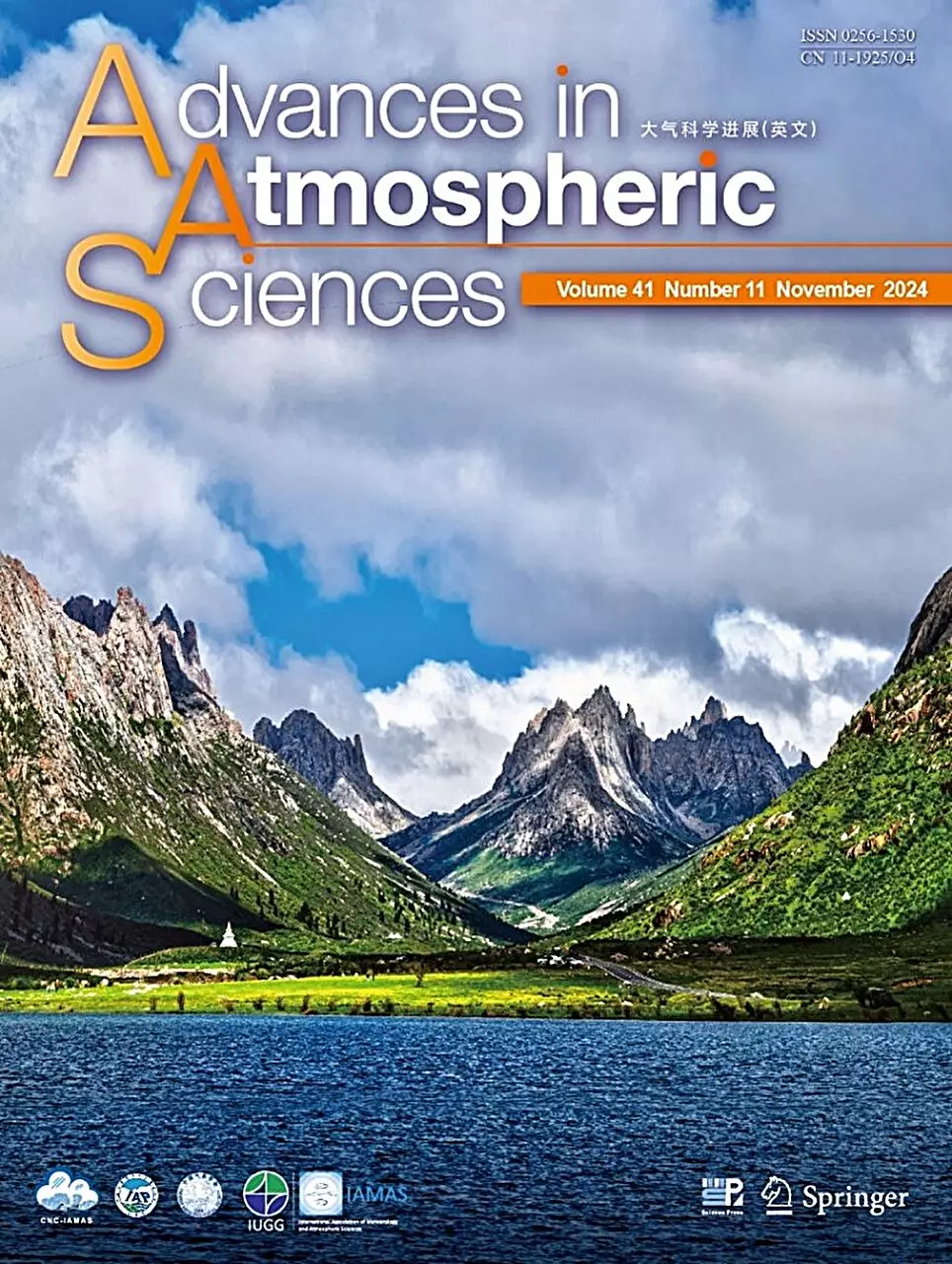Precipitation is an essential element of Earth’s hydrological cycle, acting as both a benefactor and a menace to human existence. While rain and snow replenish essential water resources for agriculture, drinking, and ecosystems, they can also provoke immense natural disasters like floods and landslides, particularly in vulnerable regions. Understanding the various forms of precipitation—whether rain, snow, sleet, or hail—and predicting their occurrence is not just beneficial; it’s crucial. This holds especially true in unique environments such as the Tibetan Plateau, where traditional methods of precipitation measurement encounter significant challenges.
The Tibetan Plateau, often referred to as the “Roof of the World,” presents a unique set of challenges that complicate precipitation analysis. With elevations often surpassing 4,000 meters, the plateau’s geography creates discrepancies in the identification of precipitation types using satellite technology. The high altitude leads to complex interactions with the atmosphere, which can result in the misclassification of precipitation types. For instance, the weak convective precipitation often occurring over the plateau can be mistaken for stratiform precipitation due to its proximity to the atmospheric freezing level, a challenge not encountered in lower-elevation areas.
This inability to accurately classify precipitation types has significant implications for weather forecasting, particularly in crucial agricultural and water management decisions. The difficulties faced by meteorologists in this region highlight the necessity for innovative approaches to understanding precipitation patterns.
A Breakthrough in Precipitation Classification
In response to these challenges, recent research led by Prof. Fu Yunfei from the University of Science and Technology of China (USTC) has initiated a paradigm shift in how meteorologists classify different types of precipitation. As discussed in his recent study featured in Advances in Atmospheric Sciences, Prof. Fu and his colleagues analyzed the limitations of existing algorithms used in satellite-based precipitation radar. They identified specific failures in the algorithm, particularly during the summer months on the Tibetan Plateau.
Central to their findings was the recognition that traditional methods operate on overly simplistic classifications of precipitation—primarily dichotomizing them into convective or stratiform types without considering the variations that naturally occur at different altitudes and environmental conditions. By developing a new classification algorithm that incorporates multiple parameters such as maximum reflectivity factor and echo top height, the research team was able to create a more nuanced system that categorizes precipitation into specific types such as “strong convective” and “weak,” significantly improving accuracy and utility in weather forecasting.
The ramifications of this improved classification system extend far beyond academic curiosity. Accurate precipitation forecasting can greatly benefit communities residing in mountainous regions like the Tibetan Plateau, where precise weather predictions are vital for both agricultural sustainability and disaster preparedness. By providing more accurate forecasts, this research could help mitigate the impacts of flooding or drought, enabling better resource management.
Yet, as Fu emphasizes, this work is just the beginning. A deeper understanding of phenomena like stratiform precipitation over the Tibetan Plateau remains elusive, and further research is required to verify its existence and behavior accurately. The future work will continue to focus on refining these algorithms to further improve precipitation detection and classification.
The study on the Tibetan Plateau serves as a testament to the complexities inherent in the natural world. It highlights the necessity for scientific approaches that celebrate and account for geographical and environmental diversity rather than apply a one-size-fits-all methodology. As meteorological science continues to evolve, the insights gained from this research will not only enhance our understanding of precipitation but also significantly improve the quality of life for those residing in challenging terrains. The endeavor to refine these sophisticated algorithms underscores the importance of continual learning and adaptation in a field that is as vital to humanity as the weather itself.


Leave a Reply